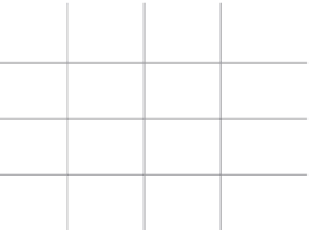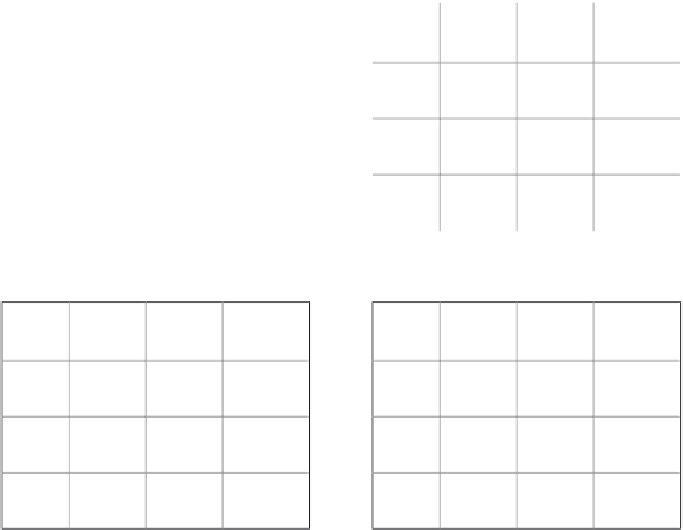Biomedical Engineering Reference
In-Depth Information
21.22
21.33
15.92
16.0
10.61
10.67
ZrO
2
-Acryl
ZrO
2
-APTS
5.31
5.33
0
150
300
450
600
0
150
300
450
600
Time (min)
Time (min)
9.0
17.0
6.0
12.75
4.0
8.5
ZrO
2
-PGA
ZrO
2
-TODS
2.0
4.25
0
150
300
450
600
0
150
300
450
600
Time (min)
Time (min)
FIGURE 7.5
Comparison of the gravitational settling of four differentially functionalized
ZrO
2
nanoparticles. Experiments were carried out in the absence of cells (5.5 µg particulate
mass per mL F12K medium, 37°C, 5% CO
2
). Steepness of the curves indicates the degree of
gravitational settling.
during a single experiment. The data were used to develop and refine the program
settings, and to collect first data on particle uptake.
7.3.2.1 Detection and Tracking of Macrophages
Most macrophages were actively moving single cells, which were automatically
identified and tracked by the program (see the following). The initial identification
of each cell to be studied had to be made by the user, namely by placing a region of
interest (ROI) over the cell (see Figure 7.6). Also at least one cell-free region had to
be defined to monitor particle sedimentation. Regions of interest with and without
macrophages will be referred to as “activity ROI” and “control ROI,” respectively.
The diameter of an active ROI was set to span approximately 3-fold the size of the
cell's diameter. This allowed detection of all particles within the reach of a macro-
phage and minimized the risk of interference between active ROIs.
The next step was to define the size ranges needed for the detection of particles and
macrophages. The most versatile solution was to define a minimum and maximum size
(in pixels) for both types of objects. As default values the program uses a size range
from 5 to 399 and 400 up to 100,000 pixels for particle and macrophages, respectively.
























































































































































































































































































































































































































































































Search WWH ::

Custom Search